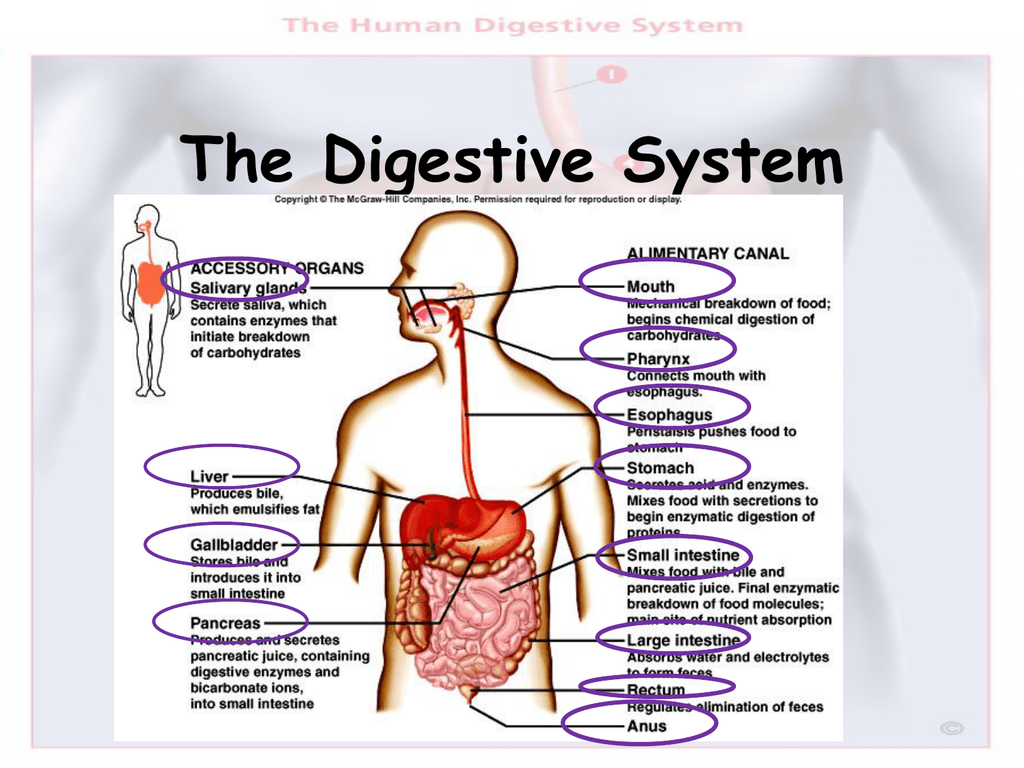
DOWNLOAD MOBILE APPLICATION TO LEARN MORE: DIGESTIVE SYSTEM CLASS 9 ICSE
Table of Contents
DIGESTIVE SYSTEM CLASS 9 ICSE
Q1. Name the enzyme which digests?
- Starch in the mouth.
- Fats in ileum.
- Protein in duodenum.
- Sucrose in ileum.
Ans.
- Starch in mouth——Amylase
- Fats in ileum—–Amylopsin
- Protein in duodenum—-Trypsin
- Sucrose in ileum—–Invertase.
Q2. What are the end products of digestion of:
(i) Proteins (ii) Fats
(iii) Starch (iv) Sucrose
Ans.
(i) Proteins-Amino acids.
(ii) Fats-Fatty acids and Glycerol.
(iii) Starch-Maltose.
(iv) Sucrose-Glucose and Fructose.
Q3. Fill up the blanks:
(i) Liver stores glucose as…………….
(ii) Liver produces ……………. only
(iii) Urea is produced in………….. by the deamination of extra……….
(iv) For testing the action of saliva on starch the material has to be kept at a temperature of about °C.
Ans. (i) Glycogen (ii) Red blood cells
(iii) Liver, Amino acid (iv) 38.
Q4. Pylorus is an opening from
(a) oesophagus into stomach
(b) Mouth cavity into oesophagus
(c) Stomach into intestine
(d) Intestine into rectum
Ans. (c) stomach into intestine
Q5. Gastric juice contains
(a) HCI and pepsin (b) pepsin and trypsin
(c) trypsin and HCI (d) amylopsin and pepsin
Ans. (a) HCI and pepsin
DOWNLOAD MOBILE APPLICATION TO LEARN MORE: DIGESTIVE SYSTEM CLASS 9 ICSE
Q6. The water from the digested food is mainly absorbed by
- stomach, (b) duodenum, (c) colon, (d) rectum
Ans. (c) colon
Q7. Consider the following two statements A & B and select the correct option from (i)- (iv) about their correctness.
A. Small intestine is shorter than large intestine.
B. Small intestine is wider than large intestine. Options:
(i) Both the statements are correct. (ii) Both the statements are wrong.
(iii) Statement A is correct, B is wrong. (iv) Statement B is correct, A is wrong.
Ans. (ii) Both the statements are wrong.
DOWNLOAD MOBILE APPLICATION TO LEARN MORE: DIGESTIVE SYSTEM CLASS 9 ICSE
Q8. What is digestion? Why do only animals require a digestive system?
Ans. Digestion- It is defined as any change which makes the food soluble and of such chemical nature that they can be absorbed through living membranes. Animals require digestive system as the food that they eat, cannot be utilized as such in the body. It must be changed into a soluble form before it is absorbed into blood and distributed.
Q9. Why is there no enzyme to digest vitamins?
Ans. There is no enzyme to digest vitamins because vitamins act as catalysts or enzymes themselves in essential chemical changes in the body.
Q10. How is thorough chewing of food helpful in digestion?
Ans. Chewing helps in breakdown of complex food substances into simple food which, when mixed with saliva form bolus, so that it can be swallowed easily.
DOWNLOAD MOBILE APPLICATION TO LEARN MORE: NUTRITION ICSE CLASS 9
Q11. What is the function of the rectum?
Ans. Rectum temporarily stores undigested food and wastes, to be defecation through anus.
Q12. Mention two ways in which the ileum of a mammal is adapted for the absorption of digested food.
Ans. Two ways are as follows—-
1. The Amino acids and simple sugars have relatively small sized molecules which are absorbed by epithelium of villi and reach their blood capillaries.
2. Large molecules like— fatty acids and glycerol are absorbed into the lymph vessel or the lacteal—to enter the lymph.
DOWNLOAD MOBILE APPLICATION TO LEARN MORE: DIGESTIVE SYSTEM CLASS 9 ICSE
Q13. What are the main characteristics of an enzyme?
Ans. Characteristics of an enzyme—
1. It is a protein and is therefore, destroyed by heating.
2. It acts only on one kind of substance called the substrate i.e., it’s specific.
3. It always forms the same end products from the substrate.
4. It only affects the rate of a chemical reaction and always speeds up the reaction.
5. Like a catalyst, it can be used again and again.
6. It acts best only at a particular pH i.e., at a particular degree of acidity or alkalinity.
7. It acts best within narrow temperature range usually between 35°-40°C.
Q14. Why is the small intestine the most important organ of the digestive system?
Ans. The small intestine is the most important organ of the digestive system as it serves both for digestion and absorption. It receives two digestive juices (1) Bile (ii) Pancreatic Juice.
These two juice virtually cause complete digestion of starch, proteins, carbohydrates, air amylopsin etc. and the small intestine after breakdown of food, absorbs the simple food with small-sized molecules like-amino-acids, glucose etc.
Q15. How is the level of glucose regulated by the pancreas?
Ans. Pancreas is a Exocrine as well as endocrine gland. Pancreas gives out a pancreatic duct which secrets pancreatic juices which help in digestion of food. It is also a very important endocrine gland as it produces insulin that controls the amount of sugar in the blood. This gives out hormone: insulin which has the power to convert excess of sugar in to glycogen and it is stored in the liver. But the pancreas does not produce insulin then the sugar is not converted to glycogens. It become in excess to the blood and is given out along with the urine. The condition is called diabetes. Diabetes may cause heart trouble, kidney failure, blindness and amputation of lower limbs.
DOWNLOAD MOBILE APPLICATION TO LEARN MORE: DIGESTIVE SYSTEM CLASS 9 ICSE
ALSO VISIT :
9TH ICSE
DOWNLOAD MOBILE APPLICATION TO LEARN MORE: DIGESTIVE SYSTEM CLASS 9 ICSE
DOWNLOAD MOBILE APPLICATION TO LEARN MORE: DIGESTIVE SYSTEM CLASS 9 ICSE
